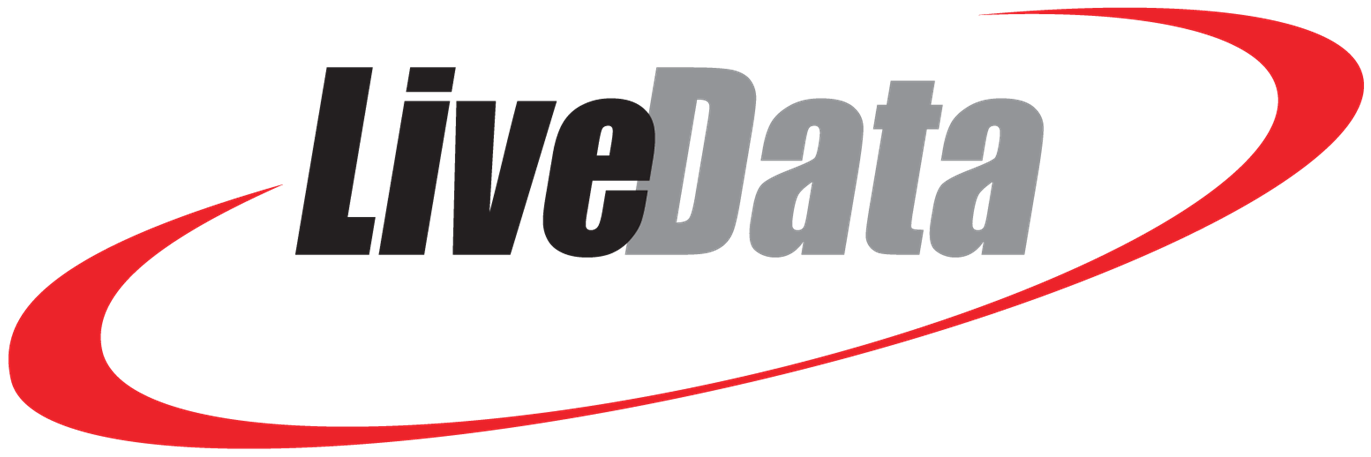A Surgeon’s Perspective on Using LiveData
As an orthopedic surgeon with over 25 years of experience, I am now in a position to pick where I want to work. I find myself choosing hospitals that use LiveData when I decide where to go. Reliable workflows matter to me, in and out of the OR.
My typical OR day starts with me sauntering up to the perioperative suite and immediately checking one of LiveData’s displays, the day’s OR-Schedule Board, to see if my first patient is checked in.
It’s easy to read the large electronic board is prominently displayed in high-def at the entrance to the OR suite. For me, there is no more guessing or phone calls to see if the first patient has arrived. When I see the heading “Checked In” brightly highlighted on the board, I know I can head to the preop area and greet the patient. The reassurance that the morning has started as planned gives me confidence for a successful slate of cases.
When there, I can confirm the surgical plan once more to the patient, followed by signing the surgical site. I then reassure the family how we will take good care of their loved one during every step of the surgical process this day. I’m supported by LiveData’s Family Waiting Board, placed in common areas so the family can follow along with our progress). After connecting with them through some more small talk, I leave to go chart my Surgeon’s Pre-op Note.
In the old days, I would also wait for a call from the resident or the OR nurse to let me know when the patient has entered their operating room. Now, with the OR-Schedule Board situated near the doctor’s chart room (or similarly, with the Family Waiting Board displayed in the hospital cafeteria if I chose to go down and grab a quick breakfast), I can easily see when it is time for me to head back up to the OR.
Generally, most of my first cases make it into the room by the scheduled 0730 start time but a quick glance at the real-time OR-Schedule Board makes clear if I can savor my coffee just a little while longer. The nurses are used to first cases starting as expected, since LiveData’s tools send reminder texts the night before.
OR-Schedule Board facilitates communication across the different departments of the patient experience on the day of surgery, and is customized to the health system’s documentation priorities.
The color-coded headings are easy to follow, as even intermediate steps such as “Ready for Preop,” “Ready for OR,” and “Surgery Started” serve to update all viewers on the progress of interdependent departments in real time.
Once the heading “In OR” is highlighted on the board, I am confident that the patient’s pre-op assessments by the OR Nurse and the anesthesiologist have been deemed sufficient enough to roll the patient into the OR. Another LiveData display inside the OR, OR-Dashboard, will integrate instrumentation from across the room and reduce distractions during the case.
“OK, please turn the music down, and let’s do a Surgical Time Out.” These are the commands I authoritatively bark out in the OR after final prepping and draping of each patient. In the old days, the nurse would rifle through a hardcopy chart of pages to find the signed consent form from which to recite the surgical procedure. Back then, other perioperative details were either glossed over or ignored altogether. Now with the OR-Dashboard, all eyes in the OR instinctively turn up to the big screen monitor hanging down from the northwest corner. The OR nurse scrolls through each piece of crucial information about the surgical case on a digital checklist using OR-Dashboard’s remote control - “The Clicker”.
Like any database, the quality of its output relies on the timeliness and accuracy of the input. Clickers in every OR ensure that display boards support easy and intuitive patient flow for all stakeholders at our hospital.
All members of the surgical team have a vested interest in the OR-Dashboard during the Time Out. The nurses like it for its consistency, conciseness, and ease of use across all cases. The scrub technicians use it to confirm the position of the patient and presence of OR gear needed for each unique case. The anesthesiologist is prompted to reiterate the patient’s ASA status and the anesthetic technique given. Finally, as the attending surgeon, the structured Time Out crystallizes for me and my assistant each patient’s diagnosis and the surgical procedure we are about to perform.
LiveData’s suite of perioperative tools are in most Veterans Affairs Medical Centers. I have been working at the VA Hospital in Memphis since 2024, and have seen its implementation and active use. Our 244-bed hospital has capacity for 10 operating rooms, with 4 rooms typically being fully utilized each day.
LiveData’s tools are a big difference from the grease boards with handwritten patient information on magnetic strips that are slid down the board as time goes by. Their technology makes it so much easier to communicate in and around the OR.

